This question is related to two different questions I have asked previously:
1) Reproduce frequency matrix plot
2) Add 95% confidence limits to cumulative plot
I wish to reproduce this plot in R:
I have got this far, using the code beneath the graphic:
#Set the number of bets and number of trials and % lines
numbet <- 36
numtri <- 1000
#Fill a matrix where the rows are the cumulative bets and the columns are the trials
xcum <- matrix(NA, nrow=numbet, ncol=numtri)
for (i in 1:numtri) {
x <- sample(c(0,1), numbet, prob=c(5/6,1/6), replace = TRUE)
xcum[,i] <- cumsum(x)/(1:numbet)
}
#Plot the trials as transparent lines so you can see the build up
matplot(xcum, type="l", xlab="Number of Trials", ylab="Relative Frequency", main="", col=rgb(0.01, 0.01, 0.01, 0.02), las=1)
My question is: How can I reproduce the top plot in one pass, without plotting multiple samples?
Thanks.

